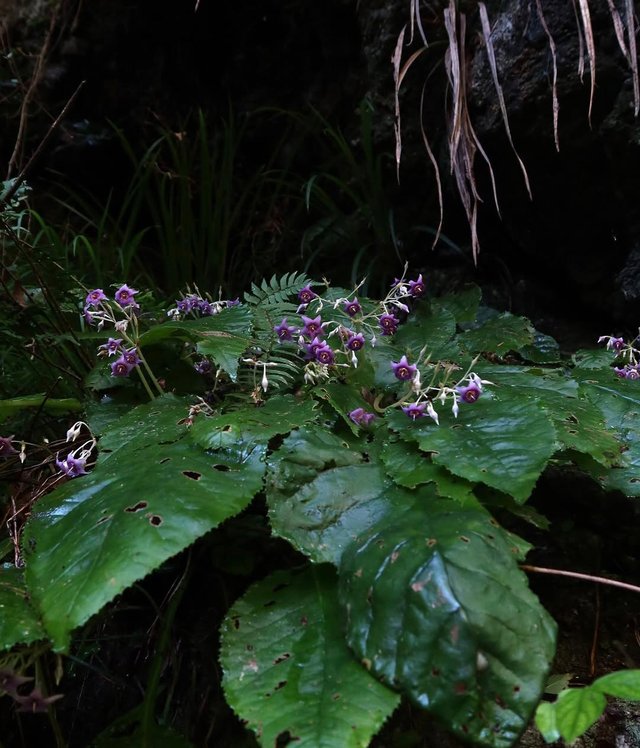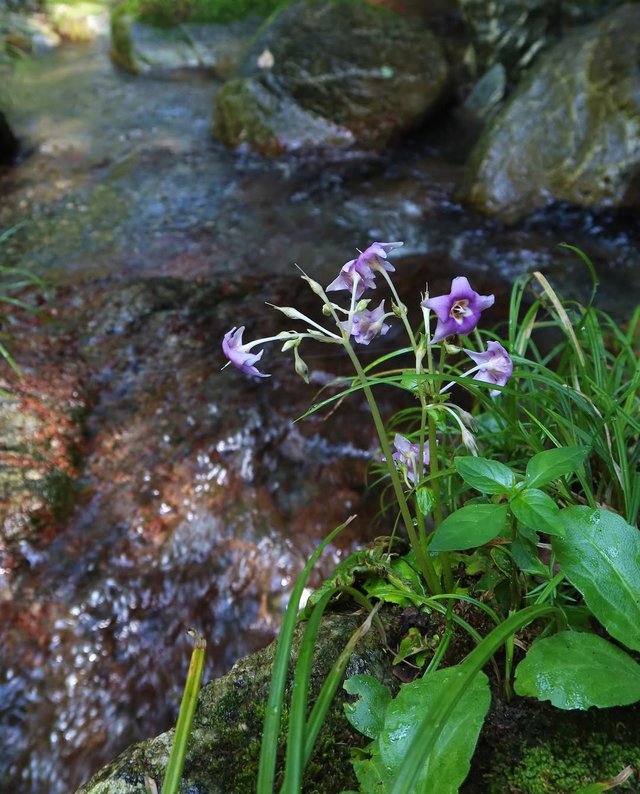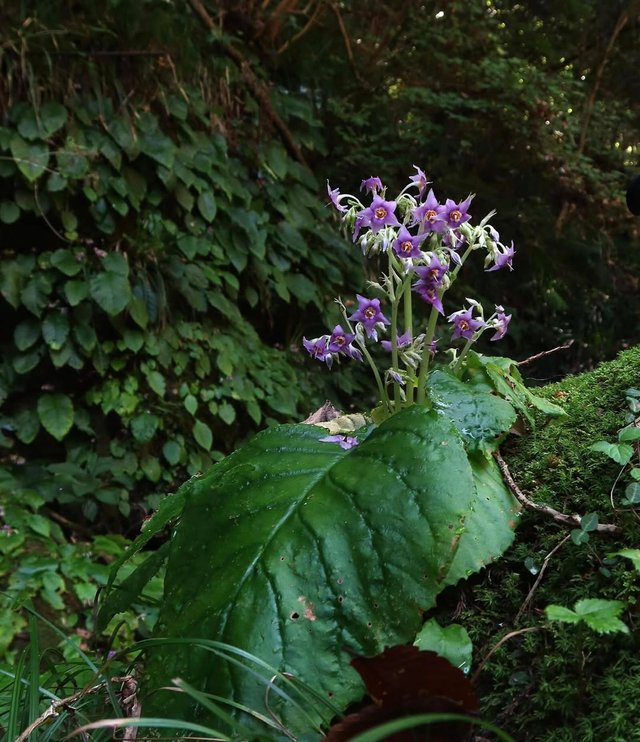Ranzania japonica
Ranzania japonica is a rare and remarkable perennial flowering plant particularly found in the mountainous woodland regions where it thrives in shaded and moist conditions. It is a rhizomatous herbaceous plant that emerges in early spring, often in colonies, forming attractive ground cover with its large, rounded, and deeply lobed leaves that resemble those of some maples or mayapples. The foliage itself is highly ornamental, creating a lush green carpet before the delicate flowers appear. The most striking feature of Ranzania japonica is its nodding, bell-shaped flowers which bloom in spring, typically in shades of soft lilac to pale violet, sometimes with a bluish or purplish tinge, giving them a uniquely charming and subtle beauty.
Each flower consists of several sepals that function like petals since true petals are absent, and at the center, numerous stamens add a textural contrast. Following pollination, the plant produces small, berry-like fruits that continue its natural propagation cycle. It is considered a woodland treasure because of its rarity and ornamental qualities, often sought after by collectors and enthusiasts of unique shade garden plants. Cultivation outside its native habitat can be challenging, as it requires specific conditions such as humus-rich, well-drained but consistently moist soil, partial to full shade.
And a cool climate to thrive successfully. Ranzania japonica is also of botanical significance as it represents a monotypic genus, meaning it is the only species within the genus Ranzania, which makes it of great interest to taxonomists and horticulturists studying plant diversity and evolution within the Berberidaceae family. Because of its limited natural distribution and specific growing needs, it is often regarded as a rare and prized ornamental, ideal for woodland gardens, shaded rockeries, and naturalized settings where its delicate spring flowers can be appreciated. Its cultural symbolism in Japan is tied to the fleeting and subtle beauty of spring, reflecting themes of impermanence and the quiet elegance of nature. Ranzania japonica continues to captivate botanists and gardeners alike as a plant of both scientific value and ornamental charm.



